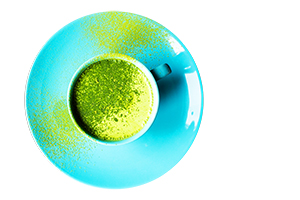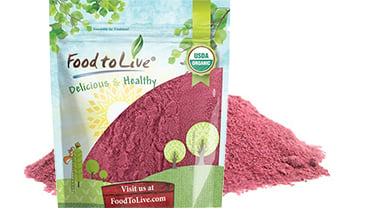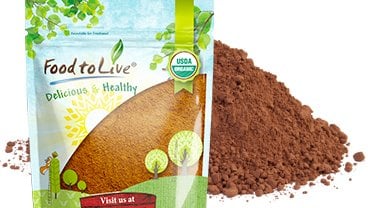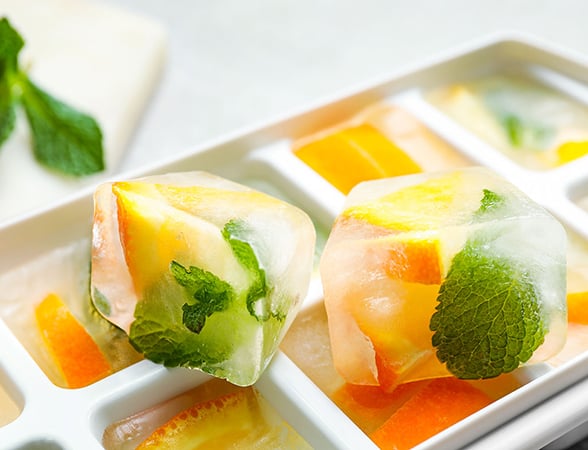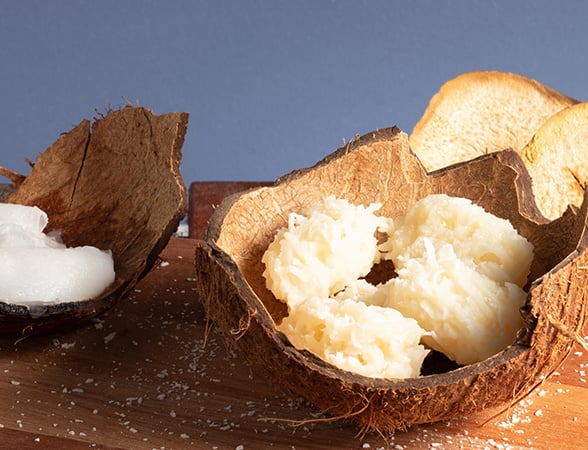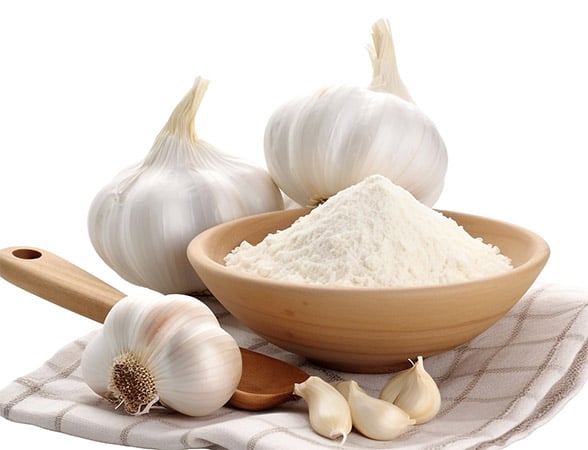January 17, 2020 · Written by Foodtolive Team
Why is Matcha so Trendy
Matcha, the powdery ingredient recognized for its bright green color, has become more than the next superfood: it’s become a viral trend.
You might have seen it featured at your favorite coffee shop or posted on social media in the form of a delicious-looking dessert.
The popularity of this distinct green substance seems to have erupted overnight. It’s praised for its multiple health benefits, including heightening both alertness and relaxation.
But is it all it’s cracked up to be?
Here’s why matcha is so trendy and why you want to include it too.

What exactly is matcha?
Matcha is a variety of green tea originating from Camellia Sinensis, a tea plant that produces tencha tea.
Although these two teas share many similarities, they are quite different from each other.
The most significant difference is their growing conditions. Matcha is grown in shady areas because the shade raises it’s of cell-food chlorophyll count, which is what gives the leaves their signature hue. Once harvested, the leaves are ground into a fine powder concentrate.
Most green tea also comes from Camellia Sinensis but instead of grinding the leaves into a powder, it’s usually sold in small tea sachets.
Types of Matcha
The online following of this superfood has helped expand the market for matcha in the US, which means consumers now have a big selection to choose from. However, the downside is that there is a higher prevalence of products wrongly claiming to be pure matcha.
There are two main types of matcha: ceremonial-grade and culinary-grade.
Ceremonial grade is traditionally used for special tea ceremonies where the drink is made using very little water. The result is a very concentrated tea called “Koicha,” literally meaning “thick tea”.
In the US, many culinary matcha powders contain extra ingredients that affect the product’s quality and flavor.
Because of poor manufacturing practices, many of these powders taste like dirt. But if purchased from a reputable seller or brand, the flavors are much better.

How is Matcha Used?
There are many ways to enjoy matcha, from baked treats to smoothies, tea and more.
The primary way it is consumed is drinking it in tea form. Here is a recipe for traditional matcha preparation:
- Heat water in a kettle until it reaches between 165°F and 180°F. Don’t use boiling water.
- Use a fine-mesh strainer to sift ½ -1 teaspoon of powder until there are no clumps.
- Add ½ cup of water and whisk until the tea becomes clump-free, bubbly, and has a frothy and creamy top.
Using water alone allows drinkers to receive the most health benefits from matcha. However, other ways to consume it include:
- Making a refreshing beverage by filling a pitcher with ¾ cups of water, one lemon, three teaspoons of agave, four mint leaves, one teaspoon of matcha, ice, and mixing well.
- Sprinkling the green tea powder and berries over pancakes and waffles instead of syrup. Adding it to granola or any other dry ingredients in a variety of recipes.
- Flavoring lentils, vegetables, and even adding to brewed coffee instead of sugar.
What Does Matcha Do?
Often deemed a superfood, matcha has many health benefits. Other than being a good source of various vitamins and minerals, it is also high in antioxidants.
When preparing matcha, the whole leaves are stone ground. This process helps the powder retain most of its nutrients, leaving a higher density of antioxidants and minerals compared to other teas.
Matcha consumption is associated with lower anxiety and blood pressure. It is also thought to improve certain conditions such as diabetes, dementia, and possibly schizophrenia.
Besides preventing disease, this food works as a natural and effective body detox.
Weight Management
The powder is an excellent source of fiber. Besides promoting feelings of fullness, this nutrient is necessary for healthy and regular digestion.
Fiber also boosts metabolism, supporting weight loss efforts.
Since the nutrients in matcha can help lower blood sugar, it can also prevent drops in energy that leave you feeling hungry and sluggish in the afternoon.
Powerful Source of Antioxidants
Matcha powder contains catechins, compounds associated with intense antioxidant activity.
Antioxidants fight free radicals, which cause cellular damage. This can accelerate aging, lead to cognitive decline, and even cause cancer to develop.
One type of catechin, EGCG, has health benefits associated with preventing cancer, heart and liver disease, obesity, type 2 diabetes, and cardiovascular disease.
A 2003 study found that matcha contains three times the amount of EGCG than its green tea counterpart. However, the more ingredients mixed with the matcha, the less effective EGCG becomes.
Relaxed Focus
Matcha has high levels of L-theanine, an amino acid shown to promote relaxation without causing drowsiness.
Additionally, matcha contains about 25 mg of caffeine, which is about one-fifth of the amount in coffee (125 mg).
Those with a low caffeine tolerance will find this tea extremely beneficial for elevating feelings of relaxation and alertness.
Plus, some find that the energy boost from matcha lasts longer and doesn’t have the same crash that coffee has.

Why is Matcha So Trendy?
Social media has led the way in matcha’s growing popularity. Brands like Teavana, Starbucks, the Vitamin Shop, and even Amazon have also jumped on the trend wagon.
On Instagram, there are millions of posts about this superfood, from homemade drinks to promotions of users’ favorite brands.
As social media users continue to post their matcha-infused treats, others will continue to follow and want to explore this new product.
Find Matcha and More at FoodtoLive!
Check out the shop for organic, non-GMO, and 100% pure matcha powder and try your hand at some fun new recipes!
With Food to Live, living well has never been so easy.


